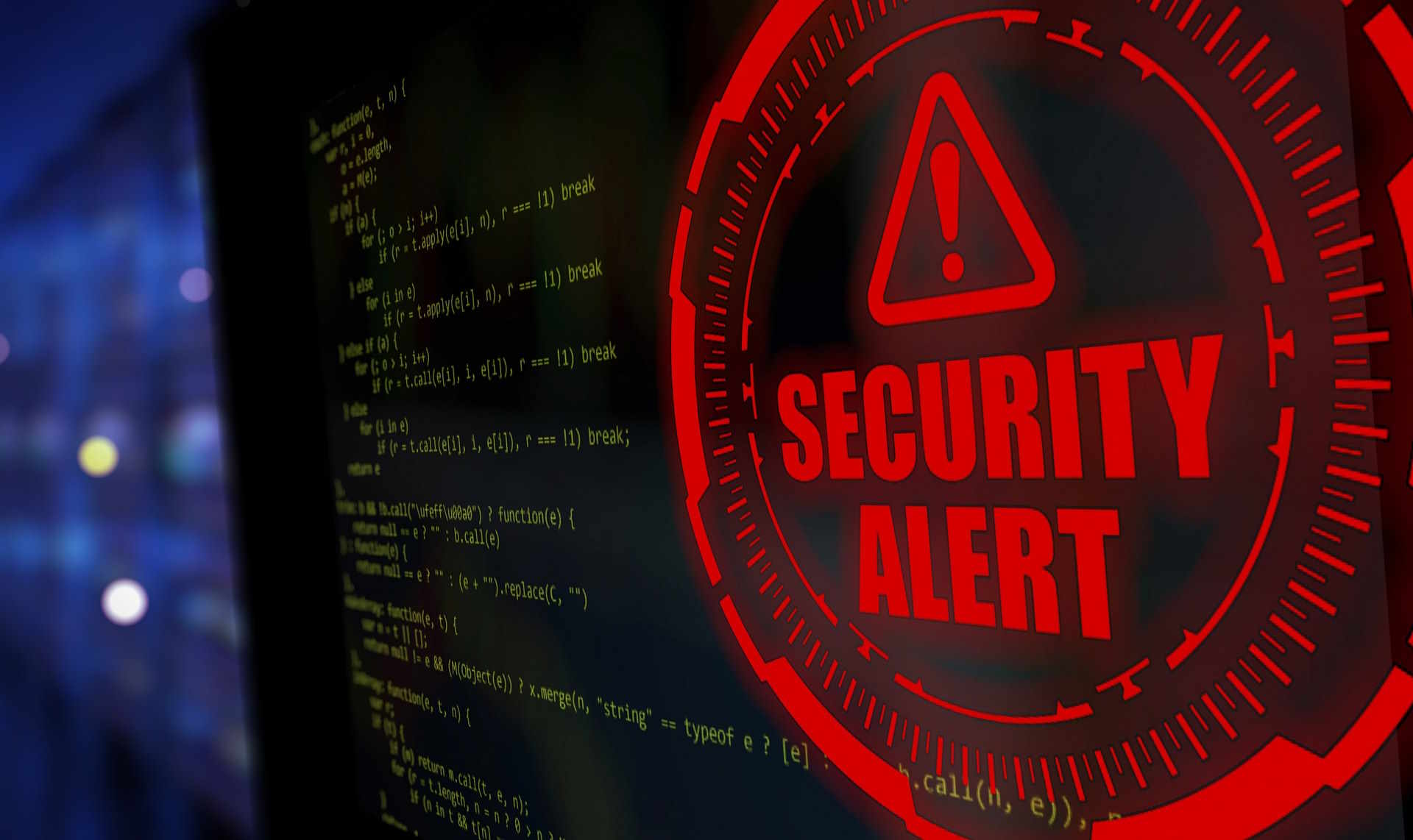Discover The Power of Centrally Managed Antivirus
In today's increasingly complex cybersecurity landscape, organizations face mounting challenges in protecting their digital assets across numerous devices and locations. Centrally managed antivirus solutions have emerged as a powerful approach to streamline security operations, providing comprehensive protection while significantly reducing administrative overhead for IT teams.

In today’s digital landscape, cyber threats evolve at an alarming pace, targeting organizations of all sizes. Traditional approaches to antivirus protection—where individual devices run separate security solutions with independent management—are increasingly inadequate for modern network environments. Centralized antivirus management has emerged as a strategic response to these challenges, offering organizations a more cohesive, efficient, and effective security posture.
The Shift from Individual to Unified Security
The evolution from standalone antivirus installations to centralized management represents a fundamental shift in organizational security strategy. Traditionally, security teams had to physically access each device to install, update, and monitor antivirus software—a process that became increasingly unmanageable as networks expanded. This decentralized approach created security gaps through inconsistent configurations, delayed updates, and limited visibility.
Centralized management platforms address these limitations by providing a single control point for deploying and managing security across the entire organization. This unified approach enables security teams to implement consistent protection policies, regardless of where devices are located. Rather than managing hundreds or thousands of individual installations, administrators can deploy, configure, and monitor security from a centralized console, ensuring that all endpoints adhere to organizational security standards.
The unified approach also significantly improves visibility. Security teams gain comprehensive insights into the organization’s security posture, with real-time monitoring capabilities that reveal potential vulnerabilities or active threats across the network. This holistic view allows for faster threat identification and more informed security decision-making.
Automating Management and Reducing IT Burden
One of the most compelling benefits of centrally managed antivirus solutions is the dramatic reduction in administrative overhead through automation. Traditional security management requires manual intervention for routine tasks like software updates, configuration changes, and threat response—consuming valuable IT resources and introducing the risk of human error.
Centralized systems automate these processes, scheduling updates to occur during off-hours without disrupting productivity. Policy changes can be implemented network-wide with a few clicks rather than requiring device-by-device configuration. This automation extends to deployment as well, with new devices automatically receiving the appropriate security software and configurations when they join the network.
The time savings are substantial. Organizations typically report that IT teams recover 60-80% of the time previously spent on security management tasks. This freed capacity allows technical resources to focus on more strategic initiatives rather than routine maintenance. Additionally, automated systems reduce the likelihood of configuration errors that might create security vulnerabilities.
These efficiency gains become even more significant as organizations adopt remote and hybrid work models. Centralized management allows security teams to maintain consistent protection regardless of device location, whether on corporate networks or connecting from home offices.
The Security Advantage: Consistent Policy and Rapid Threat Response
Perhaps the most critical benefit of centralized antivirus management is the enhanced security posture it enables. Consistent policy enforcement ensures that all devices operate under the same security standards, eliminating the vulnerabilities that arise from configuration discrepancies. When new threats emerge, security teams can rapidly deploy updated protection measures across the entire organization.
The centralized approach also improves threat intelligence capabilities. When malware is detected on any protected device, the system can automatically analyze the threat and implement protective measures across all endpoints. This collective defense mechanism prevents the same attack from succeeding elsewhere in the organization, effectively creating an immune system that learns from each exposure.
Response times to security incidents improve dramatically with centralized management. Traditional approaches might require days or weeks to fully address threats across an organization, while centralized systems can implement countermeasures in minutes or hours. This rapid response capability is increasingly crucial as attackers employ more sophisticated and fast-moving techniques.
The security benefits extend to compliance as well. Organizations facing regulatory requirements can implement mandatory security controls consistently across their environment and generate the documentation needed to demonstrate compliance. This capability is particularly valuable in industries with strict data protection regulations.
Advanced Features of Modern Centralized Solutions
Today’s centralized antivirus platforms offer capabilities that extend well beyond traditional virus detection. Many incorporate advanced threat protection technologies like behavioral analysis, machine learning, and sandboxing to identify and neutralize sophisticated attacks that might evade signature-based detection.
Endpoint detection and response (EDR) capabilities are increasingly integrated into these platforms, allowing security teams to investigate incidents, contain threats, and remediate compromised systems. The combination of prevention, detection, and response functions creates a more comprehensive security framework.
Many solutions now include vulnerability assessment tools that scan for missing patches, misconfigurations, and other security weaknesses. This proactive approach helps organizations address potential entry points before attackers can exploit them, reducing the overall attack surface.
Integration capabilities have also evolved significantly. Modern centralized security platforms typically connect with other security tools and IT management systems, creating a more cohesive security ecosystem. These integrations enable automated workflows that span multiple systems, further enhancing efficiency and effectiveness.
Implementation Considerations and Best Practices
Successfully implementing centralized antivirus management requires thoughtful planning and execution. Organizations should begin by assessing their current security posture and identifying specific objectives for the centralized approach. Clear goals help guide technology selection and implementation strategies.
Selecting the right solution involves evaluating factors like scalability, management interface usability, reporting capabilities, and integration options. Organizations should consider both current requirements and future growth plans when making this decision.
The implementation process typically includes several phases: initial deployment of the management infrastructure, gradual rollout to endpoints, policy configuration, and user training. A phased approach helps minimize disruption and allows the security team to address any issues that arise during deployment.
Ongoing management is equally important. Regular policy reviews ensure that security controls remain appropriate as the threat landscape evolves. Performance monitoring helps identify any impact on system resources, allowing for adjustments if needed. And security teams should regularly test the system’s effectiveness through simulated attacks or penetration testing.
Conclusion
Centrally managed antivirus solutions represent a significant advancement in organizational security capabilities. By unifying security management, automating routine tasks, and enabling rapid threat response, these systems help organizations build stronger defenses while reducing administrative burden. As cyber threats continue to evolve in sophistication and scale, the centralized approach provides the efficiency, consistency, and adaptability needed to maintain effective protection across increasingly complex IT environments.




